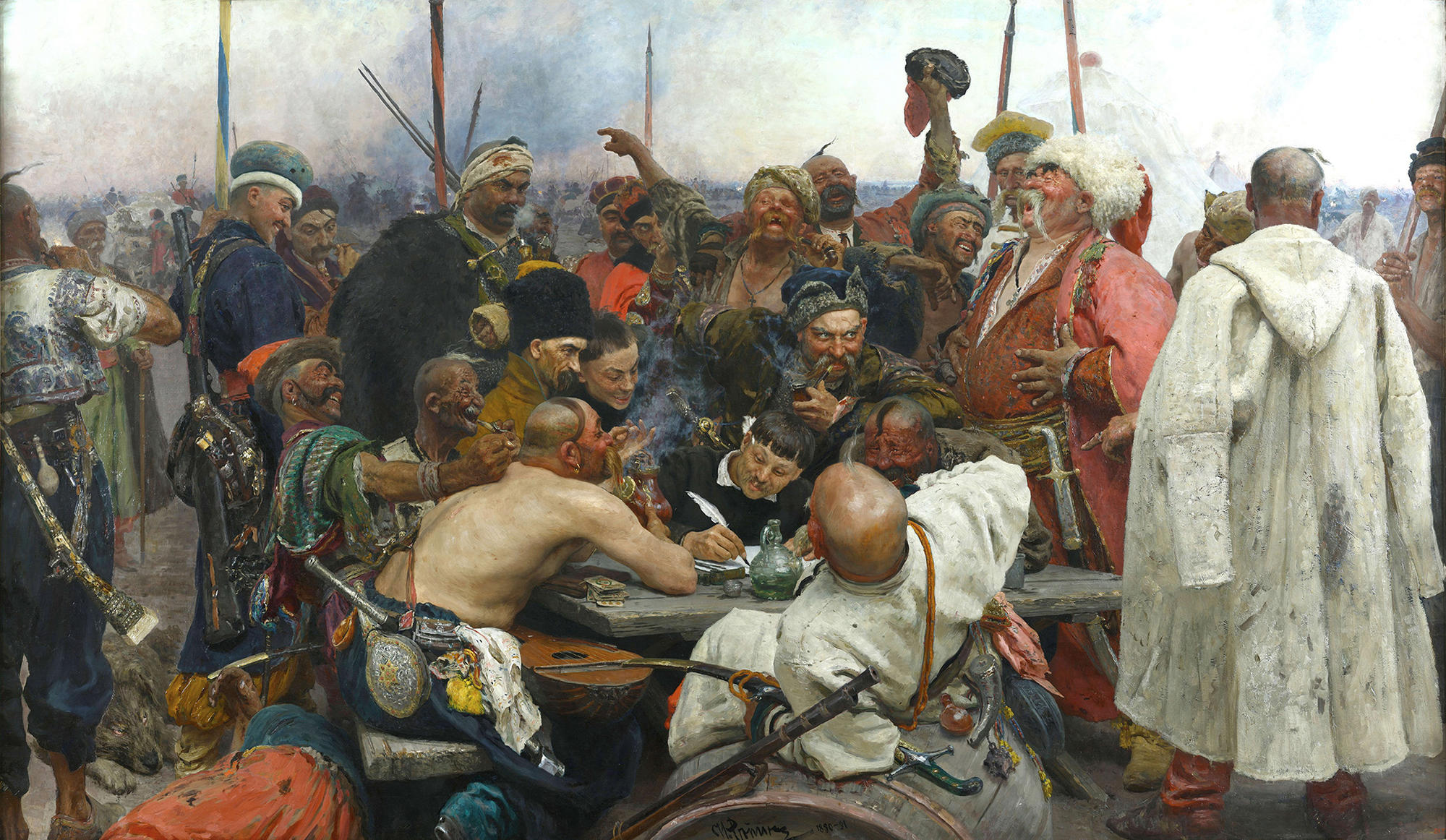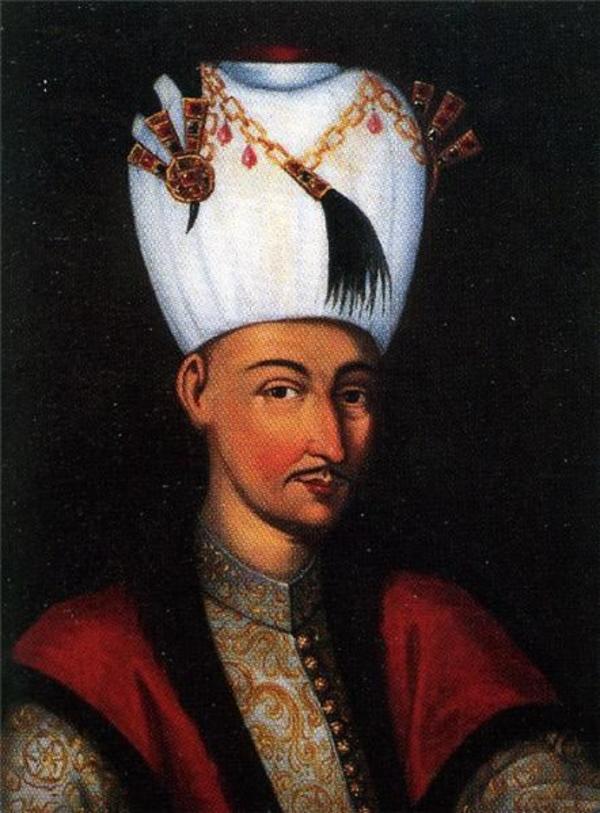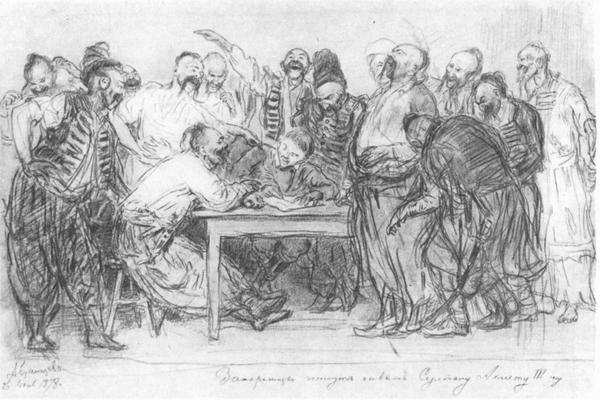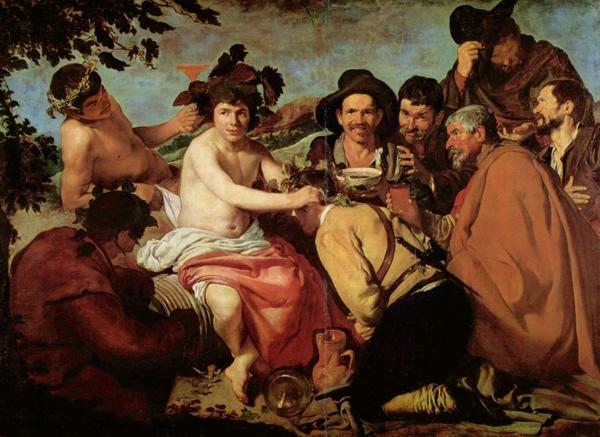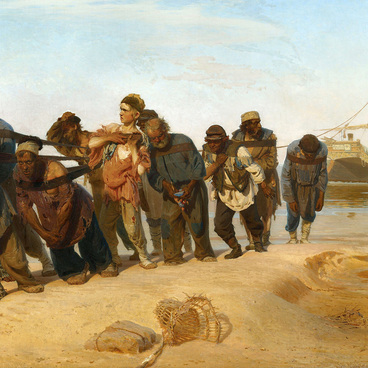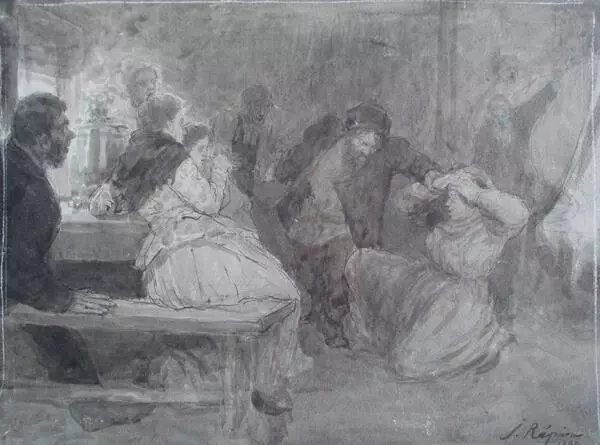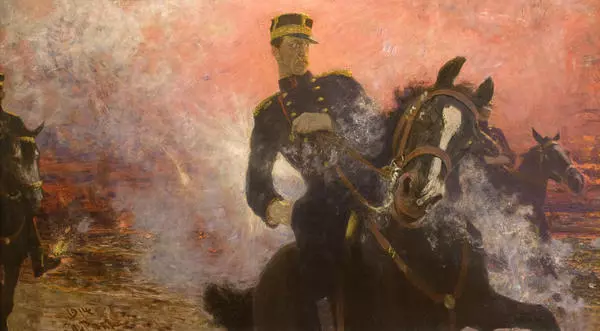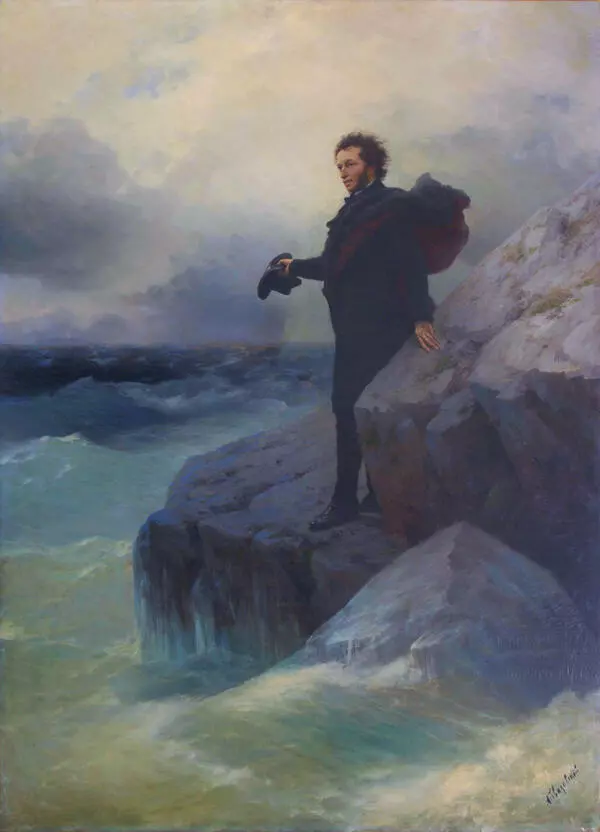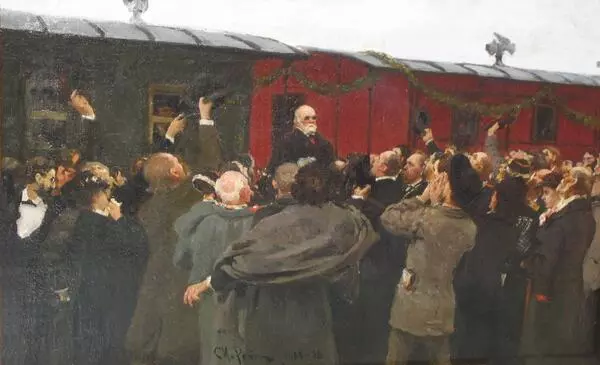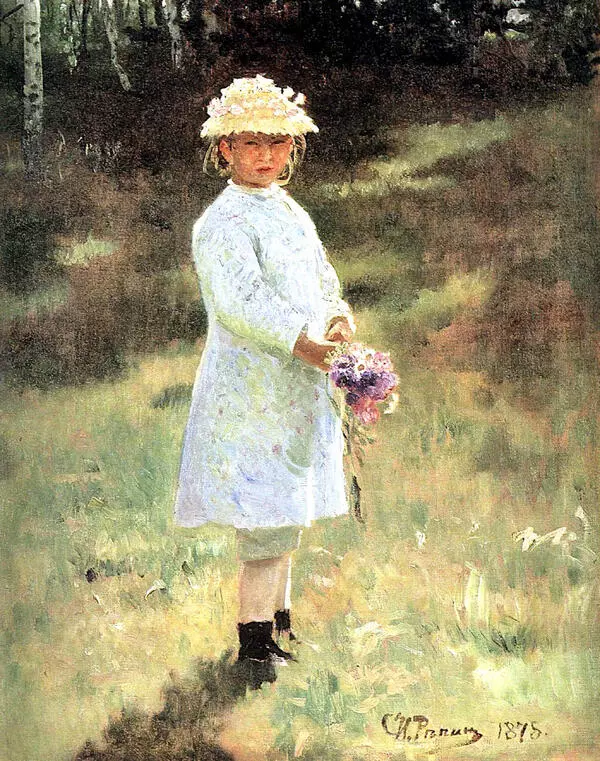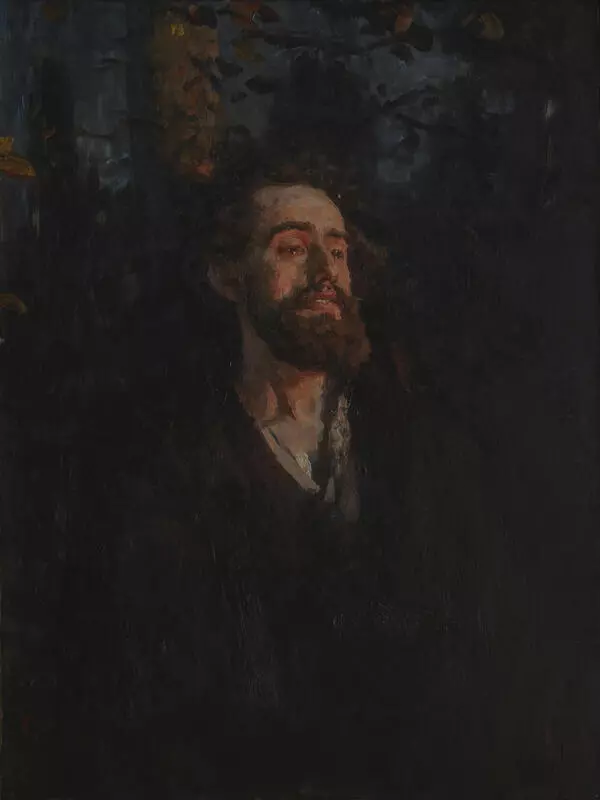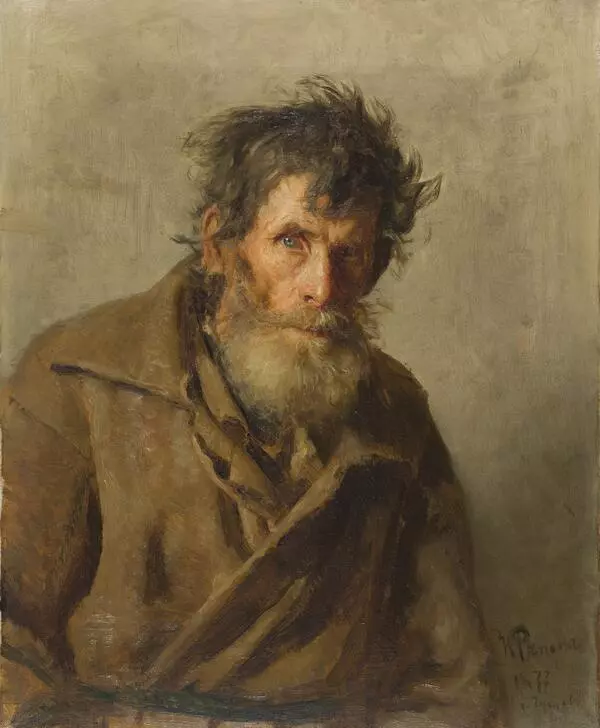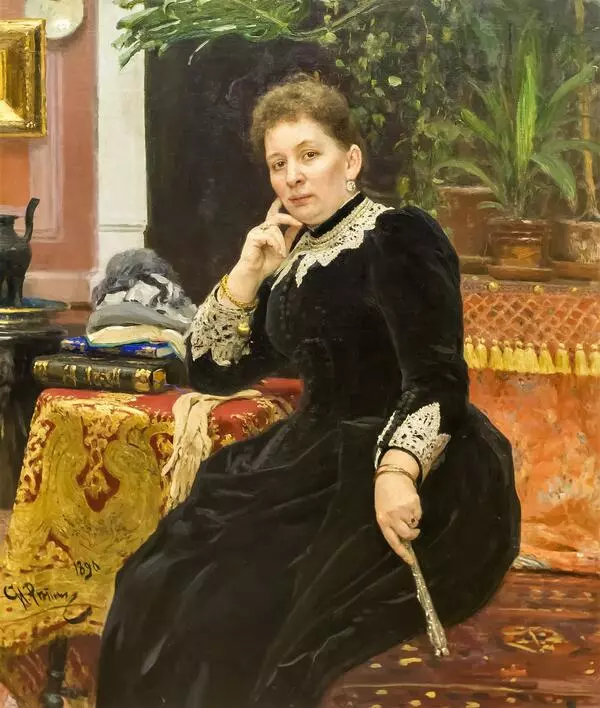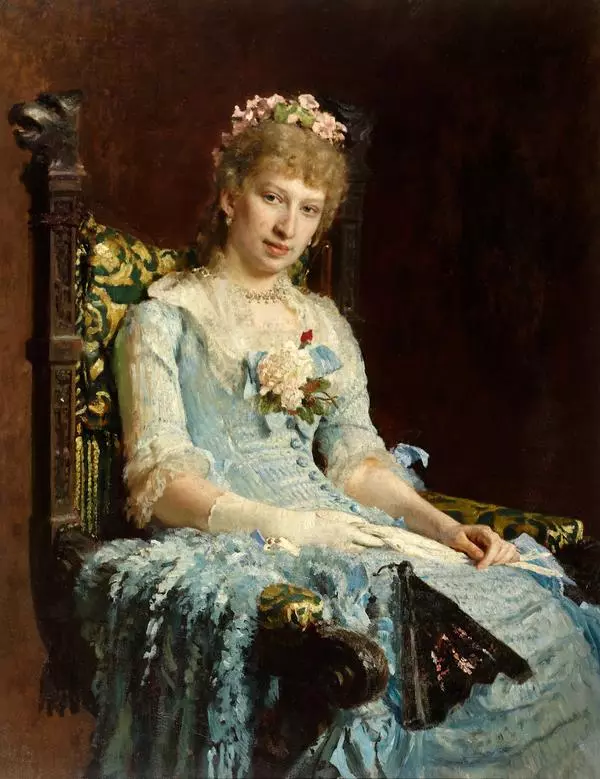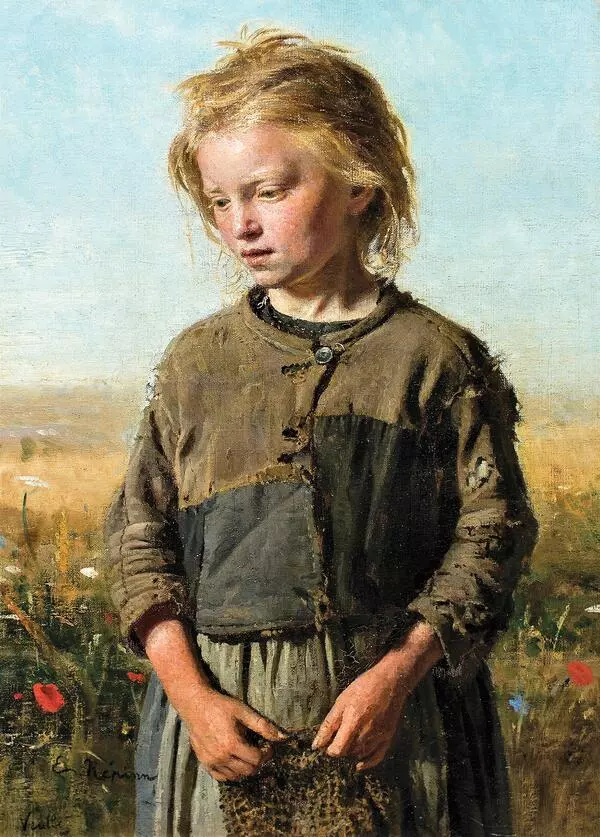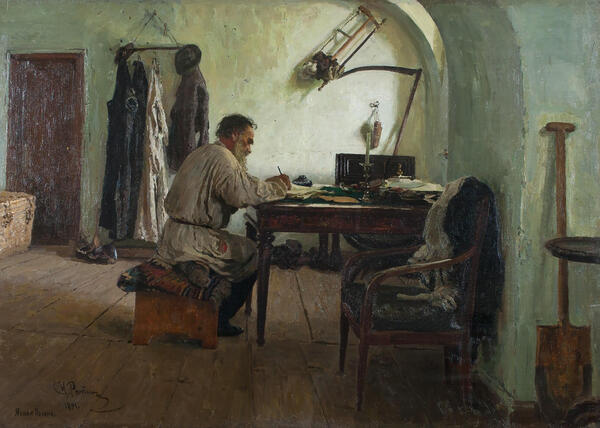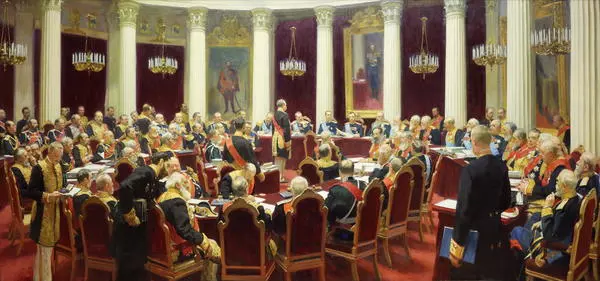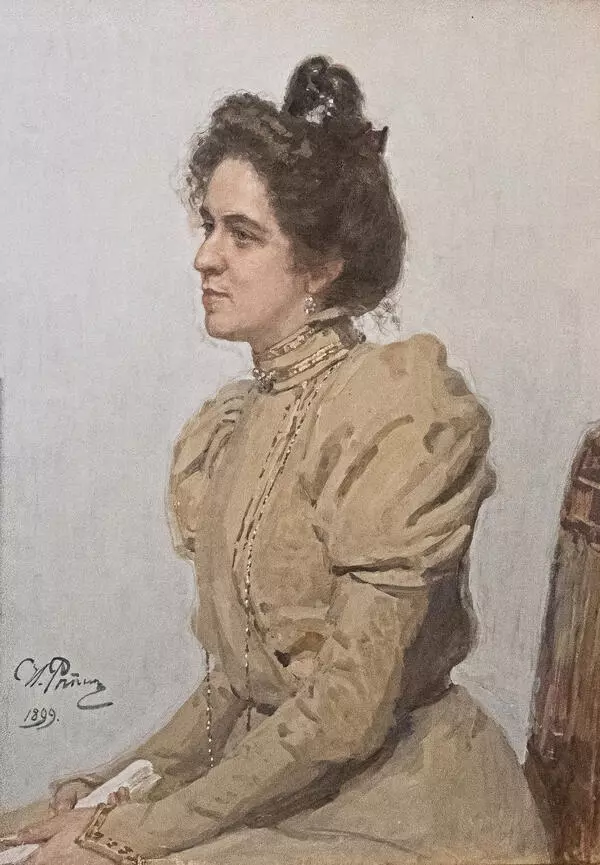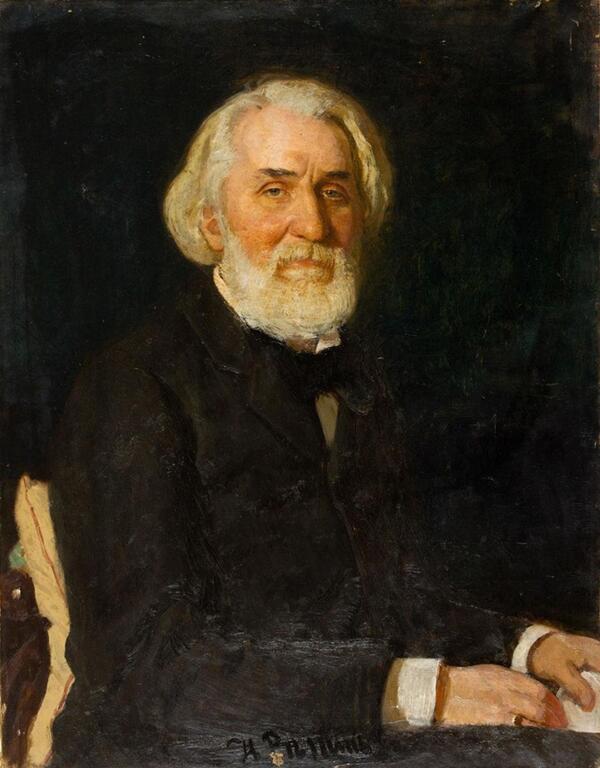The 1880s were the peak of creative career of Ilya Repin, a master of Russian realism. In that period, the painter produced a monumental canvas called Reply of the Zaporozhian Cossacks to Sultan Mehmed IV of the Ottoman Empire.
Zaporozhians
Creation period
1880–1891
Dimensions
203x358 cm
Technique
Oil on canvas
Collection
Exhibition
78
Open in app#8
Ilya Repin
Zaporozhians
#7
#9
Sultan Mehmed IV (Mehmed the Hunter) (1642–1693). Museum of regional history in Ptuj, Slovenia
Repin was inspired by a legend that spread during the Second Russo-Turkish War (1676–1681). According to it, Sultan Mehmed IV sent a pompous missive to Cossacks of the Zaporozhian Sich (a semi-autonomous proto-state) in 1675, in which he ordered that they should all surrender immediately and voluntarily. In reply, the Cossacks made up an ironic and totally obscene letter.
#10
Ilya Repin (1844–1930). A sketch for the Zaporozhians. Charcoal. 1878. State Tretyakov Gallery
#11
The image of the courageous, jovial and freedom-loving people delighted Repin, and he began to work on studies right away. He made the first pencil drawing in 1878, but he completed the main variant of the Zaporozhians only in 1891. No other canvas took the painter as long as this one to work it through.
#12
Ilya Repin (1844–1930). Zaporozhians. Oil on canvas. 1893. Kharkiv Art Museum
#13
There are two more versions of the Zaporozhians. The first oil draft of 1887 is kept at the State Tretyakov Gallery. In 1889, Repin started to paint another variant of the picture, not so large, but ‘historically more authentic’; however, he never finished it. The painting is now at the Kharkiv Art Museum.
#14
Repin studied the history and lifestyles of the Cossacks very carefully, and he made a special journey to Little Russia. According to recollections of his elder daughter Vera, for a long time the entire family lived with the Zaporozhians: The artist read stories about the Zaporozhian Sich for all family members to hear, the children played at Cossacks and made their figures from clay.
#15
‘A devilish people! Nobody else in the entire world ever felt freedom, equality and fraternity so deeply, ”
— Repin said admiringly.
#16
Another source that inspired the painter was Taras Bulba, a romanticized historical novella by Nikolai Gogol. The main characters of the story are present on canvas: The Cossack in a red kaftan, or tunic, and a white sheepskin hat is Taras Bulba himself; the smiling youngster with a yellow and blue lance is Andriy, his younger son; to his right stands Ostap, his elder brother, with a bandaged head.
#17
Repin used a few of his contemporaries as models for the Zaporozhians. Some of them were accidental traveling companions, others were the artist’s friends. The writer Dmitry Mamin-Sibiryak recalled:
‘He needed to borrow my eyes for one, and an eyeball for another, and to correct the nose of a third Zaporozhian.’
#18
During his work on the tableau, Repin studied works of 16th- and 17th-century group portrait masters. He valued most highly the oeuvre of the Spanish artist Diego Velázquez and of the Dutch virtuosos Rembrandt van Rijn and Frans Hals. ‘Rembrandt and Velázquez are my gods, ” Repin said about those European painters.
Diego Velázquez (1599–1660). The Triumph of Bacchus. Oil on canvas. 1628–1629. Museo del Prado
#19
In 1895, the painting was awarded gold medals at exhibitions in Munich and Budapest. In 1892, Emperor Alexander III bought the Zaporozhians for 35,000 rubles, a huge amount that Repin used to purchase an estate near Vitebsk (now in Belarus). After the 1917 revolution, the picture was transferred to the collection of the Russian Museum.
#20
State Russian Museum
read morehide
00:00
00:00
1x
Zaporozhians
Creation period
1880–1891
Dimensions
203x358 cm
Technique
Oil on canvas
Collection
Exhibition
78
Open in app
Share
